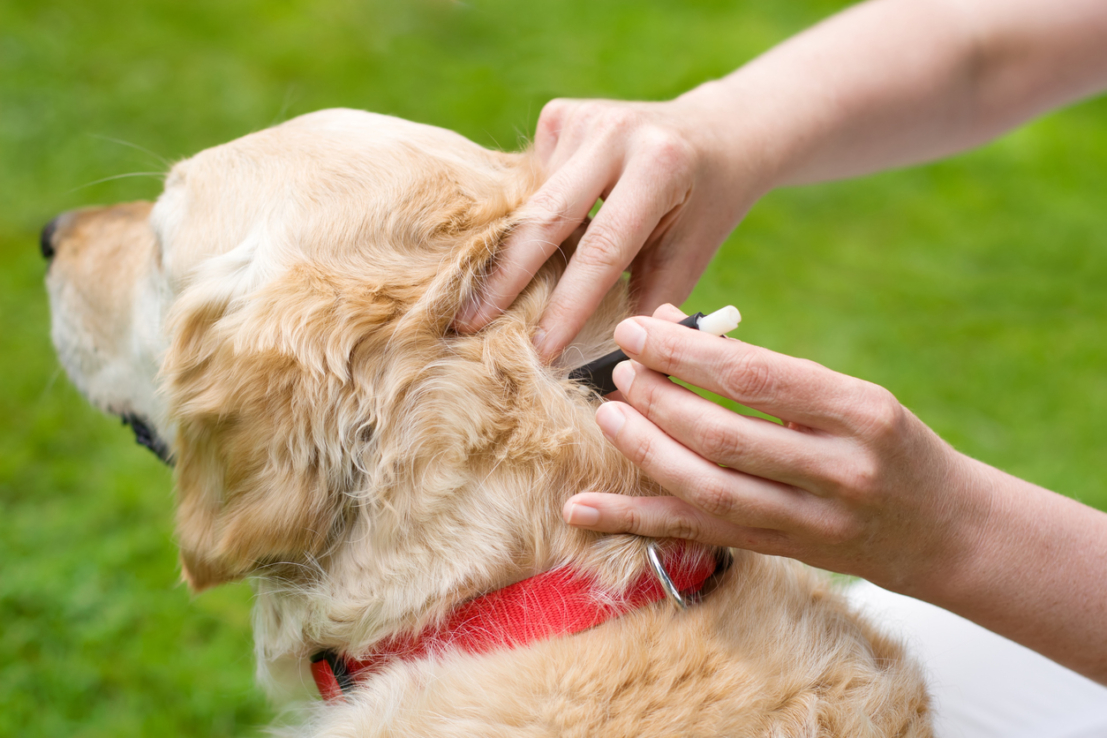Fact Sheet: Tick Awareness and Prevention
Best Practice Protective Measures for Tick Awareness
- Fact Sheets
- Companion Animals
- Parasites
- 17 July 2025

Daily Tick Checking
Every evening, conduct a full-body check. Part your pet’s fur with fingers and scan the head, neck, underarms, groin, paws, tail base, and ears – areas where ticks love to attack. Long-coated pets may require shaving around vulnerable areas for easier inspection.
Safe Tick Removal
Use fine tipped tweezers or specialist removal tools to grasp the tick close to the skin and pull upward steadily, avoiding twisting. Clean the bite site and monitor your pet over the following days. In Australia, frozen spray methods are also advised to safely detach the tick, particularly for skin allergy sufferers.
Environmental Management
Maintain short grass, remove leaf litter, and clear vegetation near pathways and play areas. Tick habitats aren’t just in the bush – they thrive in suburban pockets too.
Preventive Medicine Consultation
Speak with your veterinarian about year-round tick prevention tailored to your pet’s health, environment, and lifestyle. With ticks active across all seasons, prevention should not be seasonal.
Prompt Action on Symptoms
If your pet shows early symptoms – such as mild hindleg weakness, lethargy, changes in bark, vomiting, drooling, or breathing difficulty – don’t wait. Remove any ticks and seek veterinary care immediately.

